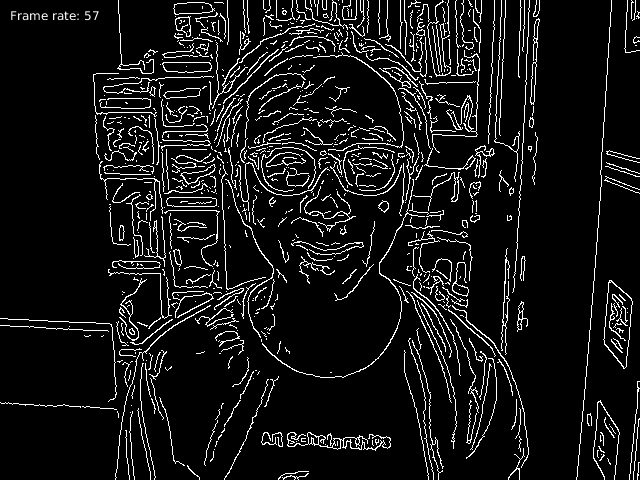In this example, I demonstrate the use of the image processing module (Imgproc) with the filter2D function. It is similar to the generic Photoshop filter where you can design the convolution matrix. The example references the OpenCV tutorial and uses a sharpen filter. It also uses the CVImage class in the last post.
Here is a screen shot of the Processing window.

